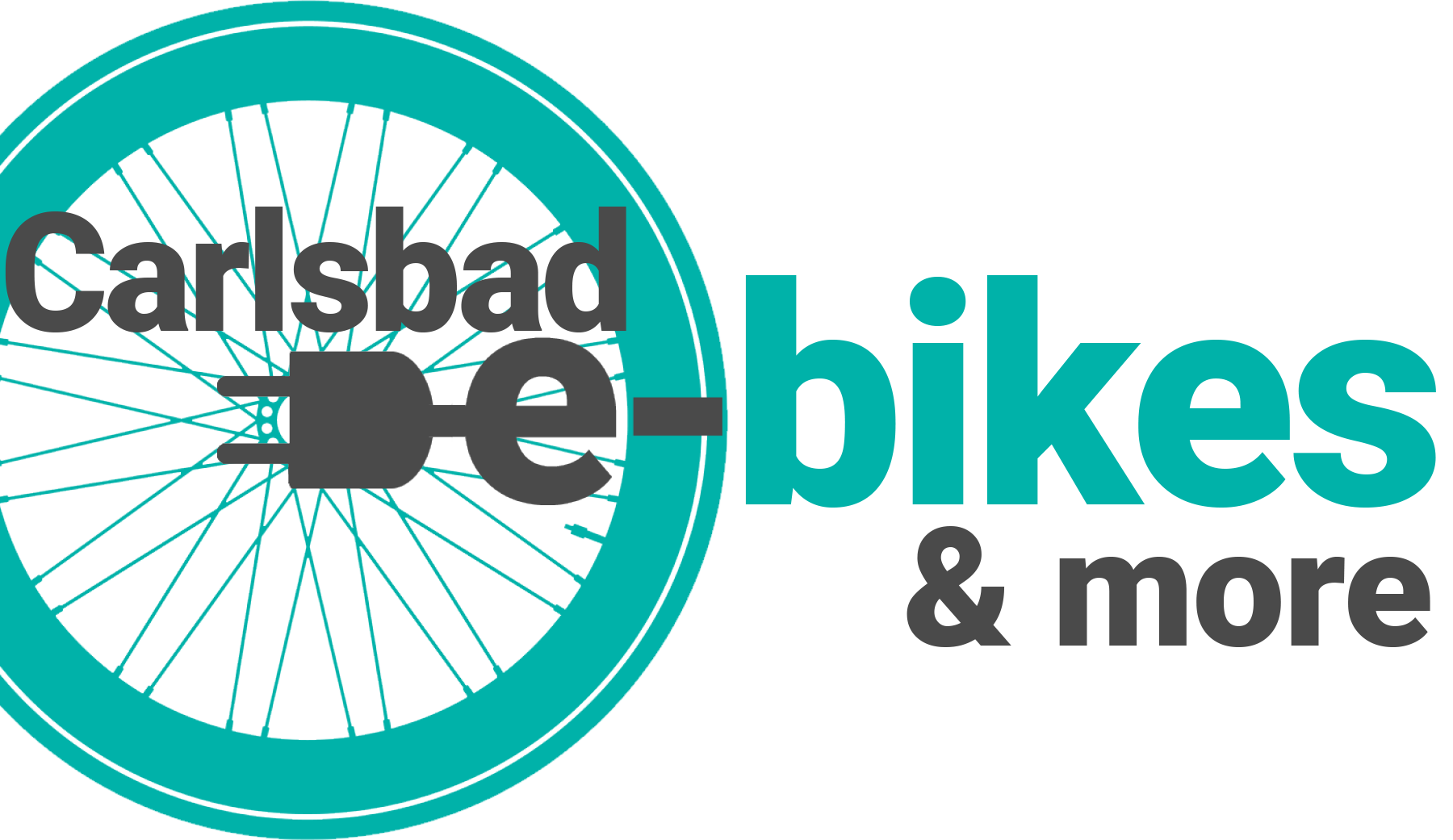How to Size a Bike for Kids
Bicycling is a fantastic activity for children, providing them with both physical and mental health benefits. It promotes balance, coordination, and cardiovascular fitness, and encourages an active lifestyle.
When it comes to buying a bike for your child, ensuring the correct size is crucial for their safety and overall enjoyment.
Easier said than done, right?
Kids outgrow everything overnight, and bikes can be costly.
What’s a parent to do?


1. Consider Your Child’s Age and Height
The first step in sizing a bike for your child is considering their age and height. Different age groups require different bike sizes, so it’s important to understand general guidelines.
For example, children aged 2-4 typically start with balance bikes, while kids aged 4-6 usually ride bikes with wheel sizes ranging from 12 to 16 inches.
Kids aged 6-9 may require bikes with wheel sizes ranging from 18 to 20 inches, while older children may need 24-inch wheels or even larger.
2. Measure Inseam Length
To ensure the perfect fit, measure your child’s inseam length. This measurement determines the proper standover height, which is the distance between the top tube and the ground when your child is standing over the bike.
To measure the inseam, have your child stand barefoot with their legs slightly apart, then measure from the crotch area to the floor. The standover height should be around 1-2 inches shorter than the inseam length to provide proper clearance.
3. Consider Reach & Handlebar Height
Another important factor in sizing a bike is the reach and handlebar height. The reach is the distance between the saddle (the seat) and the handlebars.
A good fit allows your child to comfortably reach the handlebars without overstretching.
Ensure the handlebars are positioned at a height that allows a natural and relaxed grip, with a slight bend in the elbows.
4. Take a Test Ride & Adjust
Once you determine the appropriate bike size based on age, height, inseam length, and reach, it’s time for a test ride.
Pay attention to any signs of discomfort, such as knees hitting the handlebars or difficulty reaching pedals.
Adjust the seat height, handlebar position, and any other relevant components to ensure the optimal fit and riding experience. Let your child hop on the bike and ride it around, while you observe their posture and comfort level.
5. Safety First
We say this all the time, but in addition to proper sizing, it’s crucial to prioritize safety when it comes to biking for kids.
Always equip your child with a properly fitted helmet that meets safety standards. Teach them basic traffic rules, the importance of hand signals, and how to brake effectively. And regularly inspect their bike for any wear and tear, ensuring that brakes, gears, and tires are in good working condition. Reflectors and lights should also be installed to enhance visibility, especially during low-light conditions.
6. Upgrade As They Grow
Children grow quickly, and their bike size requirements will change accordingly. As your child grows taller, their bike will become too small.
Be prepared to upgrade to a larger bike when needed, ensuring the proper fit and comfort. Remember, an ill-fitting bike can hinder their progress, lead to discomfort, and potentially compromise their safety.
Choosing the right-sized bike for your child is vital for their enjoyment, confidence, and safety. By considering their age, their physical size, and the bike, you can ensure a comfortable and sagef ride.
Always prioritize safety, and be prepared to upgrade their bike as they grow. With the right bike size, your child can embark on countless adventures, developing lifelong skills and a love for cycling.
Happy riding!
If you need help sizing a bike for your child, stop in and see our experts. We’ll help you get your child on the road safely.

